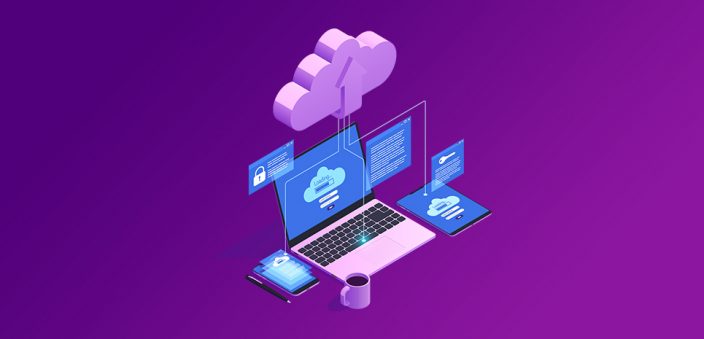Cloud-based asset management is a software solution that handles data related to the physical assets of an organization. It enables data storage and runs the application on the server without installing the software. Organizations can make use of cloud-based asset management that facilitates centralized storage of data. This data can be accessed from any device that supports internet connection. The larger benefit is that it provides data security.
What is Cloud-based Asset Tracking Software?
Asset tracking software provides solution to track the assets of the organization and their functioning capacities. It enables to locate and monitor the entire assets of the organization. In simpler words, it is a digital representation of a physical object. It is a method of capturing the asset’s data and information. Instead of manually handling the entire asset, asset tracking software automates asset management. Accurate real-time data is available to the user.
Benefits of Cloud-Based Asset Management
1. Improved Security
In the cloud-based asset management system, data is safely stored in an encrypted format, which provides a solid layer of protection. The encryption would also ensure that sensitive asset information is protected against unauthorized access. Furthermore, many cloud providers have teams specifically focused on security who are constantly monitoring and upgrading security protocols, rapidly dealing with and eliminating vulnerabilities. This provides quite an assurance that your data is safer in the cloud than it would be in traditional on-premise systems.
2. High Accuracy
This is prone to human errors and often it can be costly. Huge amounts of money are sometimes lost, and mismanagement of assets will occur. The cloud-based asset management system automatically gathers and processes data, thereby ensuring high accuracy. Its automation minimizes errors in data and gives your team reliable, up-to-date information that will be used for decision-making, planning, and keeping track of your assets.
3. Integrated Asset Information
Cloud-based management will give you information that tracks every aspect about an asset, from the condition and history of its maintenance to its lifecycle status, and much more. Such will bring an easy approach to scheduling preventive maintenance that is not based on guesswork but on actual conditions or usage patterns. Hence, you prolong the lifespan of your assets while minimizing the occurrence of unexpected down times.
4. Massive Time Saved
Cloud technology provides access to the system from any device connected with an internet connection. This enables instant tracking and management of assets from virtually anywhere. Saves a lot of time since employees can monitor and manage their assets without being around, either onsite or off.
Convenience of having real-time access translates into a faster response time and, therefore, more efficient operations.
5. Cost efficiency
Usually, traditional asset management solutions demand a heavy upfront investment in hardware, for example, servers and storage devices. Cloud systems eliminate these requirements so you operate from the simplicity of an internet-connected device. This ensures that organizations shift all storage and computing needs to the cloud; thus, they do not have to invest in physical equipment, maintenance, and energy, which drives significant cost savings over time.
6. Information-Based Decision Making
With asset management in the cloud, statistics and metrics about each asset are readily accessible. Accurate information at real-time can further empower business leaders to make informed decisions related to asset usage, maintenance, replacement, and budgeting. The result is more strategic,
data-driven decision-making that supports business objectives.
7. Centralized Access to Data
Centralization of data: one of the explicit advantages of a cloud-based system is that it allows users to centralize asset information in a single location, easily accessible. This means that team members can access data quickly without having to login into many systems or search through physical records.
Centralized data also favors collaboration because all departments use the same updated information, thus abating confusion and streamlining workflows.
8. Easy installation and configuration
Cloud-based asset management software can be configured remotely. This means one does not require specialized hardware or extensive IT support to start working with the software. Because the system operates on the cloud, it can be operated from several machines by multiple users without the possibility of conflicts. It also facilitates central updates on part of the provider, thus ensuring that each user is always provided with updated features and security improvements based on the latest development, without any manual reinstallation.



